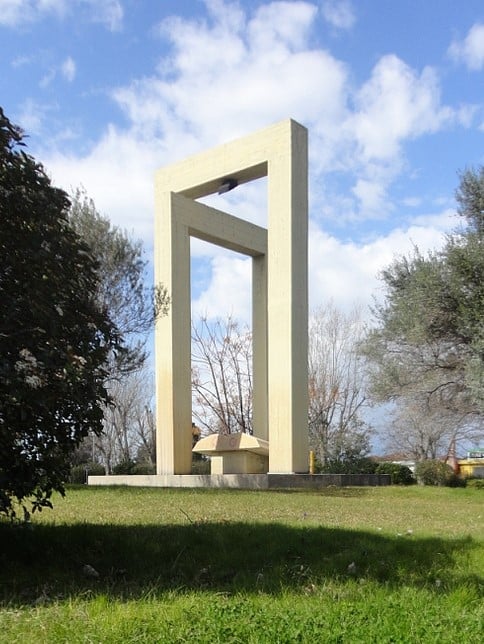Ημερομηνία: Οκτ 15, 2024
Ώρα: 17:00 – 19:00
Αίθουσα: Βιβλιοθήκη “Αλκιβιάδης Χ. Παγιατάκης” (Κτηρια Χημικών Μηχανικών)
Διεύθυνση Διαδικτυακής Μετάδοσης: https://upatras-gr.zoom.us/j/94543829885?pwd=Ip2O89tR8bh0n1BBNvE9uaQ3uOstma.1
Ομιλητής: Słowik Grzegorz (Department of Chemical Technology, University of Maria Curie-Sklodowska, Lublin, Poland)
Τίτλος Ομιλίας: Application of electron microscopy in nanomaterials characterization
Περίληψη
Electron microscopy is a useful and increasingly common technique for characterizing the surface, subsurface regions, chemical composition and structures of nanomaterials. Since the invention of the transmission electron microscope, it has become a key technique for observing atomic-sized structures of materials. The use of various microscopic and spectroscopic methods, such as Transmission Electron Microscopy (TEM), Scanning Electron Microscopy (SEM), Scanning Transmission Electron Microscopy (STEM), Energy Dispersive X-ray Spectroscopy (EDS), Electron Energy Loss Spectroscopy (EELS) using an electron beam and their interaction with matter, allows obtaining a lot of important information about the analyzed samples.
The properties of various nanomaterials usually depend on their precise atomic structure and specific chemical composition. Therefore, performing structural and chemical characterization of nanomaterials at the atomic scale becomes necessary to identify any existing structures and chemical relationships. Studies of changes occurring under different treatment conditions concerning the surface and internal structure, morphology and electronic structure are crucial in explaining the correlation between nanomaterials’ structure and physicochemical properties. Thanks to the use of modern and advanced electron microscopy, it is possible to take a closer look at the surface structure of solids and some of the basic phenomena occurring on them. Furthermore, spectroscopic measurements (EDS and EELS analysis) performed using an electron microscope provide information on the chemical composition and allow for the determination of chemical bonds and oxidation state of elements occurring in the sample. Hence, electron microscopy is an important tool that plays a key role in discovering new materials, studying them, designing them, and, very often, understanding the processes that occur in them.
Σύντομο Βιογραφικό Ομιλητή
Dr. Słowik received his Diploma in Physics (2011), BSc in Physics and Masters in Chemistry (2010). His doctoral research focused on cobalt-nickel nanomaterials’ morphology and catalytic properties in the ethanol steam reforming reaction. In 2011, he joined the Faculty of Chemistry at the University of Maria Curie-Sklodowska in Lublin, Poland. In 2019, Dr. Słowik obtained the assistant professor position at Maria Curie-Skłodowska University in Lublin. As an Assistant Professor, his research focuses on heterogeneous catalysis, characterization of catalytic nanomaterials using electron microscopy, synthesis and design of new catalytic materials, hydrogen production. He has published over 70 research articles in peer-reviewed journals, co-authored over 100 presentations/posters and achieved a total Hirsch index of 23 with over 1,300 citations. Dr. Słowik has been a manager and contractor in several national and international projects and participated in advanced courses abroad in Eindhoven (The Netherlands) related to transmission electron microscopy, scanning electron microscopy and sample preparation. He is also a co-author of 2 patents and three patent applications.
Δείτε περισσότερα στον παρακάτω σύνδεσμο:
https://www.chemeng.upatras.gr/el/seminar-rooms/93/2816
______________
George Pasparakis
Associate Professor
Department of Chemical Engineering

